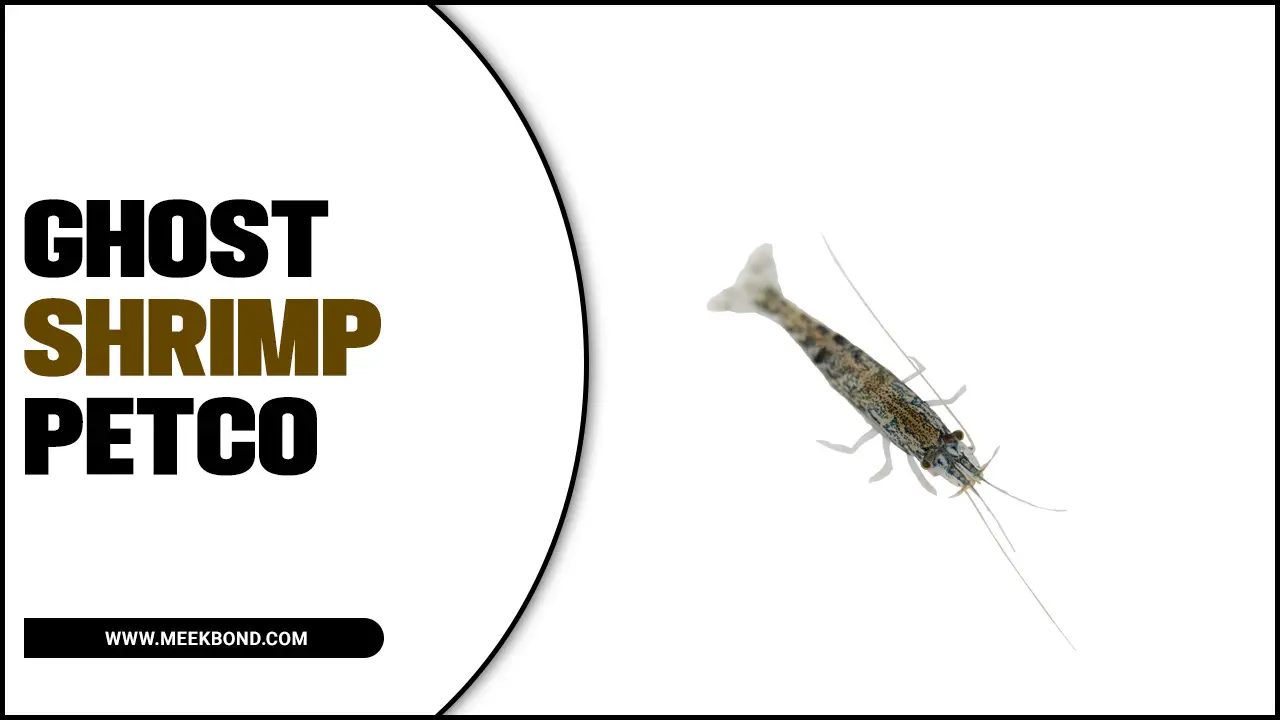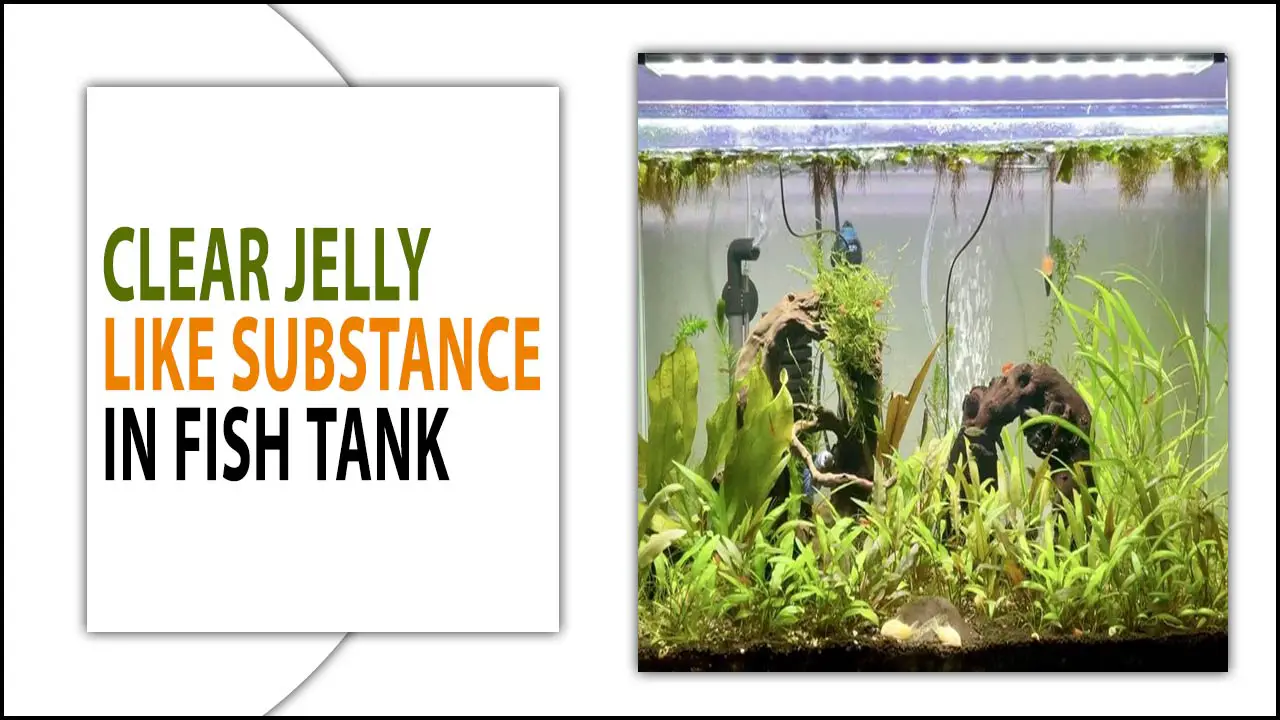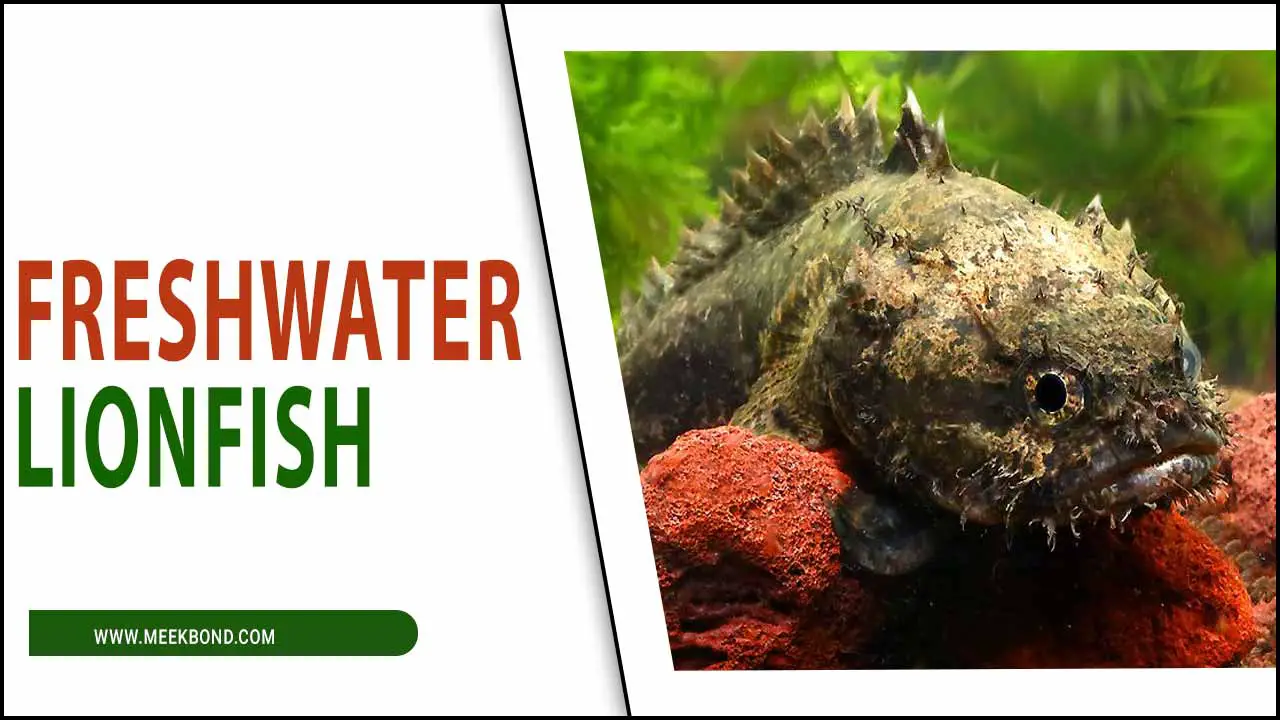Ruby green cichlid, or Hemichromis lifalili, is a popular freshwater fish native to West Africa. This stunning fish gets its name from its vibrant ruby-red coloration and striking green accents.
Ruby cichlids are popular for their territorial behavior, so it is important to provide them with ample space and hiding spots in their aquarium. They thrive in slightly acidic water conditions and prefer a well-balanced diet of high-quality pellets, flakes, and live or frozen foods.
Here We will cover topics such as understanding the breeding behavior of these cichlids, setting up the perfect breeding tank, water conditions and temperature requirements, choosing compatible pairs, providing proper nutrition and diet, creating suitable spawning conditions in the tank, identifying and removing eggs from the breeding tank, caring for the fry, and troubleshooting common issues during the breeding process. Follow these tips and tricks to ensure the successful breeding of Ruby-Green Cichlids in your aquarium.
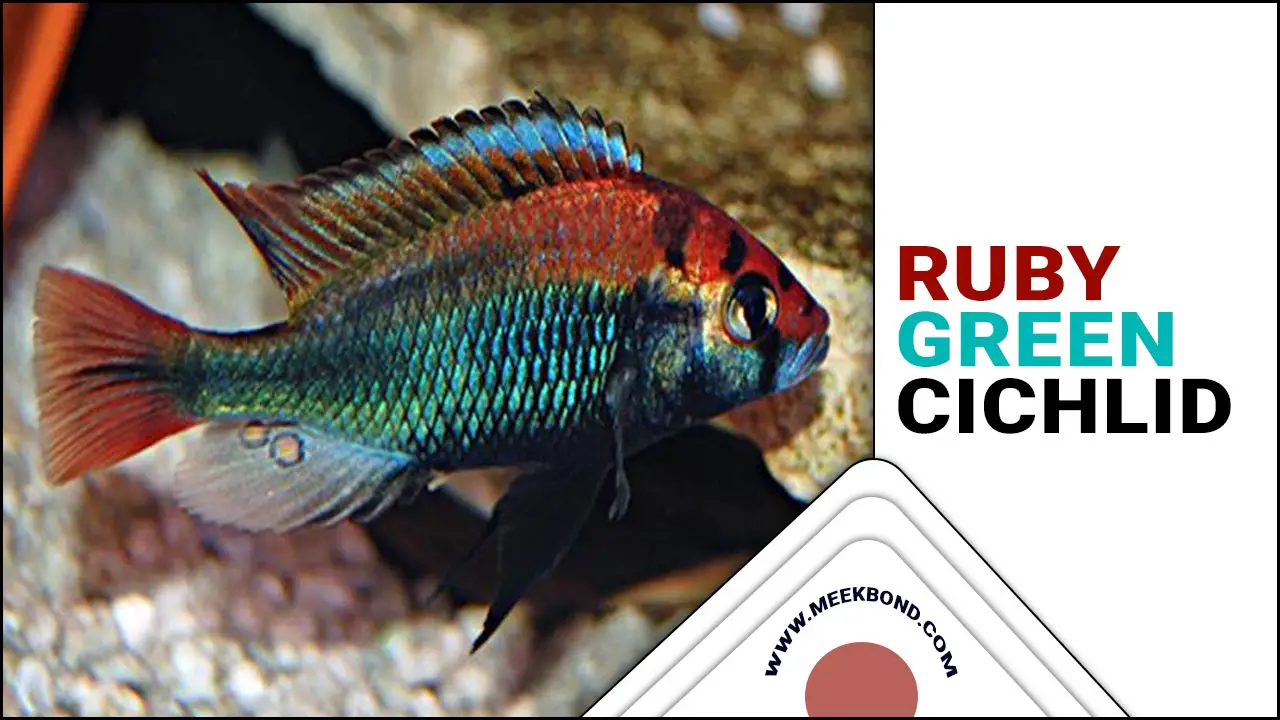
Tips And Tricks For Breeding Ruby Green Cichlid
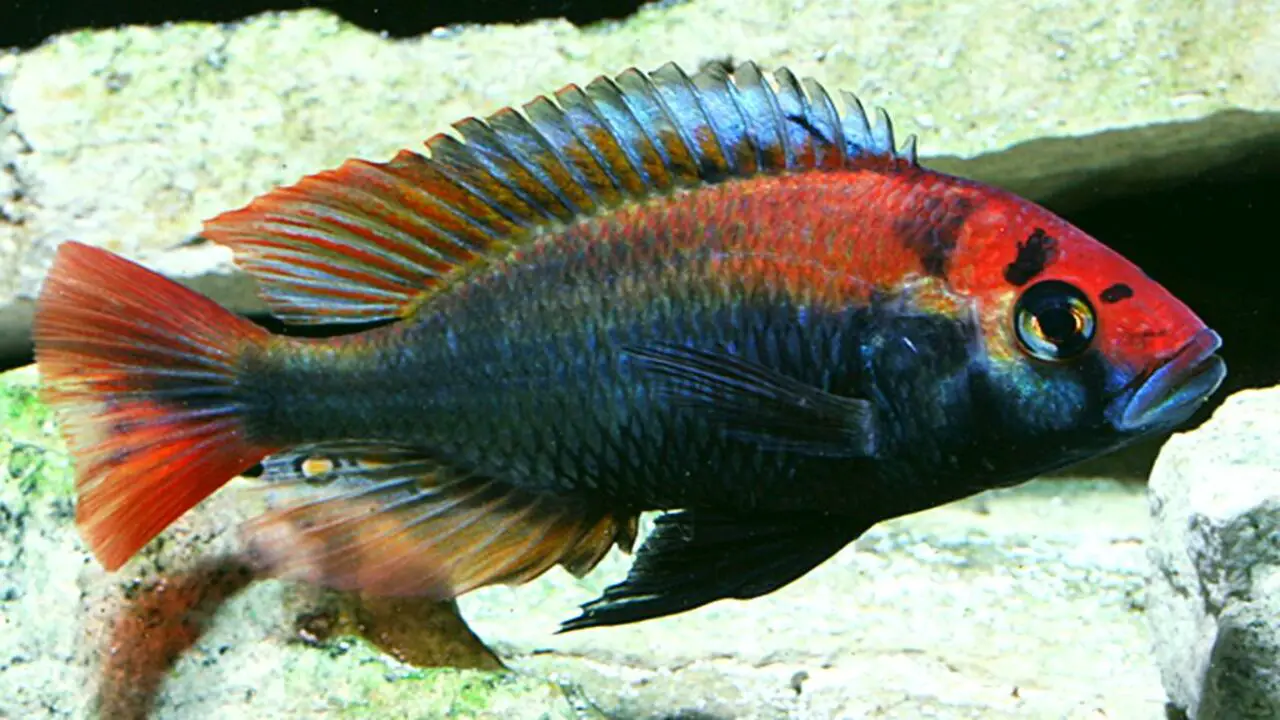
Setting up the ideal breeding tank is crucial for successfully breeding Ruby Green Cichlids. Creating a suitable environment involves replicating their natural habitat, including heavily vegetated shorelines and a pH and general hardness similar to Lake Kyoga. When selecting breeding pairs, it’s important to consider compatibility and ensure they have similar dietary requirements.
Feeding and conditioning the cichlids is essential to prepare them for breeding. Observing their spawning behavior and egg-laying process allows for monitoring and intervening if necessary. Caring for the fry ensures their survival and growth. Here is the full process for breeding ruby green-cichlid.
Understanding The Breeding Behavior
Ruby-Green Cichlids are fascinating creatures that form lifelong bonds with their mates. The male creates a pit in the substrate to attract the female for spawning, and the eggs are laid in this pit, where the male fertilizes them. To ensure that the fry survives, it is essential to provide sufficient hiding spaces and vegetation. Maintaining optimal water conditions and a nutritious diet can also increase breeding success.
For people interested in breeding Ruby-Green Cichlids, it is crucial to understand their natural behavior and requirements. Haplochromis sp. cichlids require specific needs to thrive. Providing them with appropriate habitats, such as rocky structures or caves, can help mimic their natural environment and encourage breeding behaviors.
Setting Up The Perfect Breeding Tank
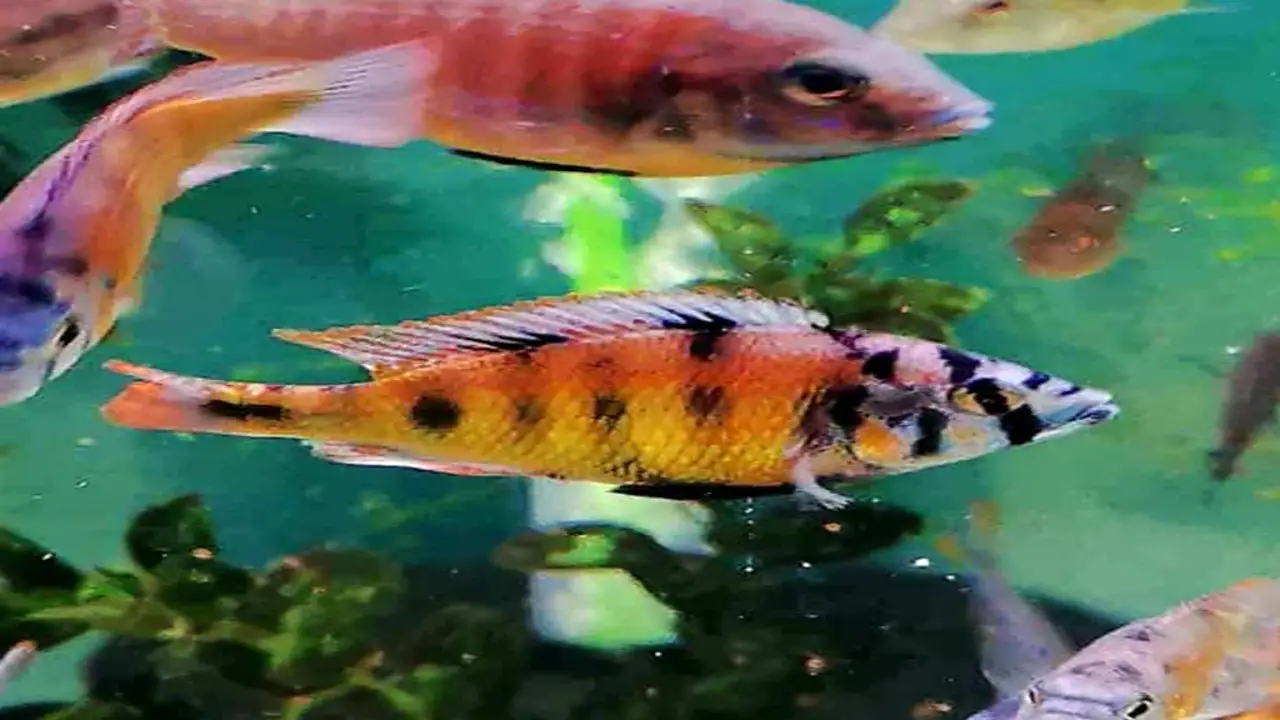
To set up the perfect breeding tank for Green Cichlids, start with a minimum of 20 gallons of water and provide ample hiding places for the cichlids. Maintain a temperature between 76-82°F and keep the pH between 7.0-8.0 for optimal breeding conditions.
Ensure a high-quality diet of live or frozen foods meets their nutritional needs. Regularly monitor water quality and perform water changes to maintain a healthy breeding environment. Use a spawning cone or flat rock as a breeding site, and separate the female from the male after spawning to protect the eggs.
Water Conditions And Temperature Requirements For Successful Breeding
Providing the right water conditions and temperature is important to ensure the successful breeding of Green Cichlids. These cichlids prefer soft water with a pH range of 6.5-7. It is crucial to maintain a stable temperature between 78-82°F in their tank. To achieve this, use a reliable heater and thermometer to regulate the temperature and prevent sudden fluctuations. When introducing the breeding pair, provide them with a separate tank with plenty of hiding spots and plants. Additionally, offering high-quality food and performing regular water changes will help create optimal breeding conditions.
Choosing Compatible Pairs For Breeding
Choosing compatible pairs for breeding is crucial for successfully reproducing Green Cichlids. It’s essential to select pairs that have similar size, temperament, and coloration. Observing potential breeding pairs for aggression, territorial behavior, and courtship displays can help determine their compatibility.
Creating a suitable breeding environment with adequate hiding spots for the female is important. Providing a nutritious diet of live or frozen food can stimulate breeding behavior. Patience is key, as closely monitoring the pair for signs of successful breeding, such as spawning and fry care, is necessary.
Providing Proper Nutrition And Diet For Breeding
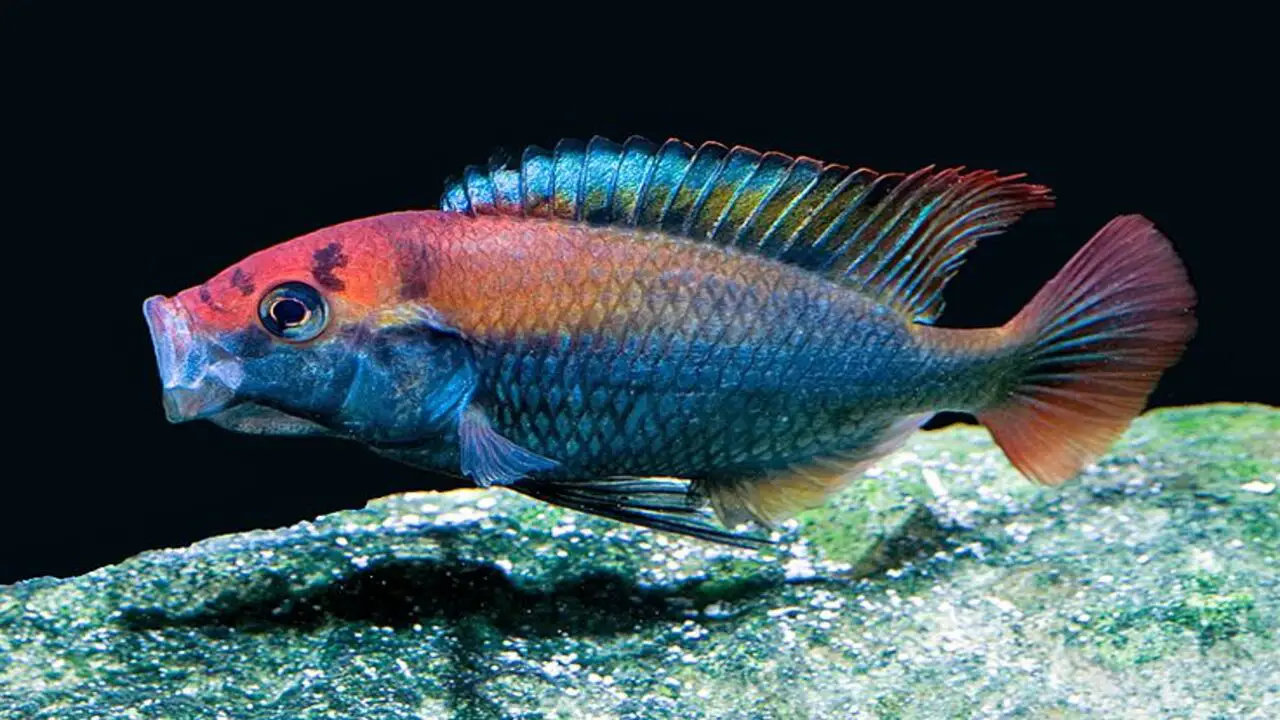
A balanced diet of high-quality protein and fibre is crucial for successfully breeding Green Cichlids. Avoid overfeeding, which can lead to water quality problems and health issues. Supplement their diet with live or frozen foods like brine shrimp, bloodworms, and daphnia.
Vary their diet to ensure they get a range of nutrients for optimal health and breeding productivity. Consult with a veterinarian or experienced breeder for specific dietary recommendations. Remember, providing proper nutrition is key to successfully breeding these vibrant fish.
Creating Suitable Spawning Conditions In The Tank
To create suitable spawning conditions in the tank for Ruby Cichlids, provide a spacious environment with ample hiding places and a flat surface for the eggs to be laid. Maintain clean water with optimal temperature and pH levels to encourage spawning.
Feed the cichlids nutritious and high-quality food to boost their health and fertility. Gradually increase the lighting duration to simulate natural day/night cycles and trigger breeding behavior. Observe the cichlids closely for signs of mating behavior and remove any aggressive fish to prevent egg cannibalism.
Identifying And Removing Eggs From The Breeding Tank
When breeding Ruby Cichlids, a crucial step is identifying and removing the eggs from the breeding tank before hatching. Female Cichlids typically lay these eggs on flat surfaces such as leaves or rocks and can be identified by their translucent appearance. Carefully removing them with a scraper and transferring them to a separate container filled with clean water is essential for the successful hatching and survival of the fry.
Maintaining proper water temperature and filtration is vital to ensure optimal conditions for the fry. A consistent water temperature between 75-80 degrees Fahrenheit should be maintained throughout the breeding process. Additionally, keeping the water quality high with regular water changes and proper filtration will help reduce stress on the fish and promote healthy fry growth.
Caring For The Fry And Their Growth Stages
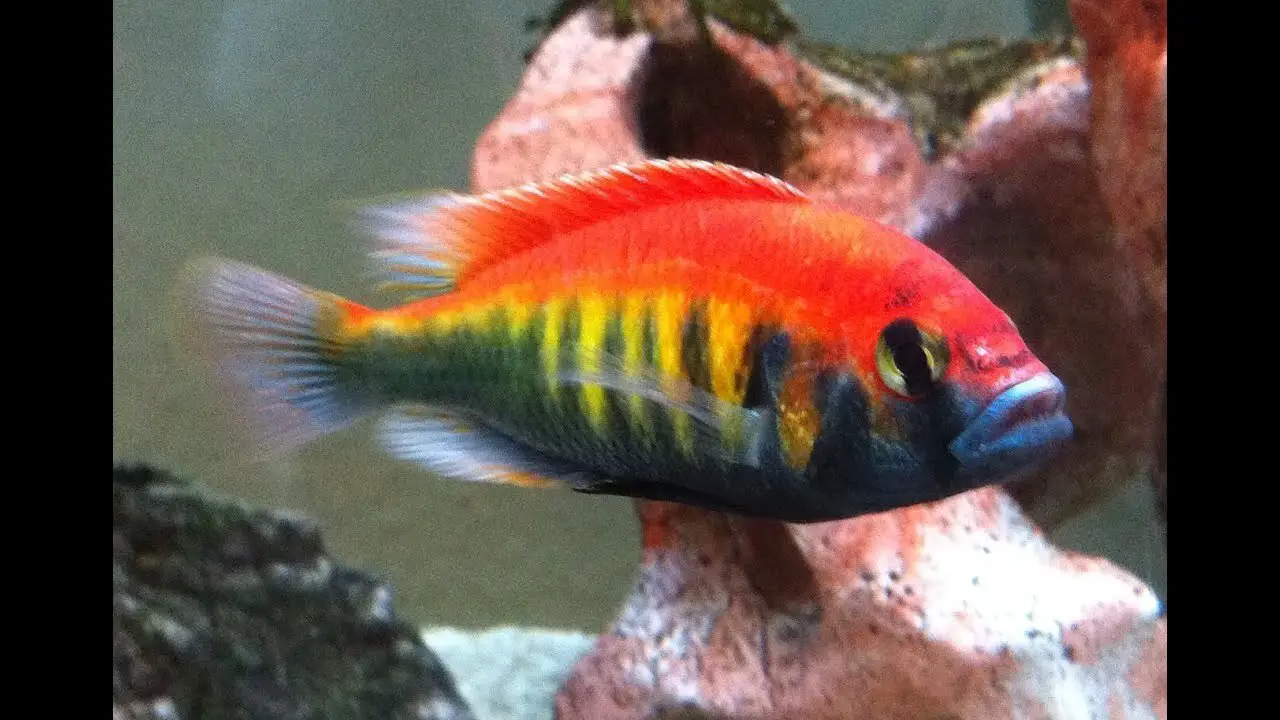
A suitable environment is essential to ensure the healthy growth of Green Cichlid fry. This includes plenty of hiding spaces and gentle filtration in the aquarium. Feeding the fry small portions of high-quality food multiple times daily is crucial to promote their growth.
Monitoring water parameters, such as temperature and pH levels, is necessary to maintain optimal conditions for healthy fry development. As the fry grows bigger and stronger, the size of their food gradually increases. Separating the fry based on size and aggression levels is also recommended to prevent bullying and ensure equal feeding opportunities.
Troubleshooting Common Issues During The Breeding Process
It is not uncommon for breeding pairs to have issues getting along during the breeding process. We recommend temporarily separating them in such cases and reintroducing them later. When the eggs are not being fertilized, it is another common issue.
This could be due to water conditions, temperature, or diet. It is important to monitor the behavior of the breeding pair closely, as aggression towards each other or the offspring can lead to problems. To prevent the spread of disease, you should remove weak or sickly fry from the tank. Lastly, keeping a close eye on water quality throughout the breeding process is crucial for ensuring optimal conditions for both the parents and the offspring.
Conclusion
Breeding Ruby Green- Cichlid can be a rewarding and exciting experience for fish enthusiasts. Understanding their breeding behavior, creating the right environment, and providing proper care can increase the chances of successful breeding.
Remember to maintain optimal water conditions, choose compatible pairs, and provide a nutritious diet. Creating suitable spawning conditions and monitoring the growth stages of the fry are crucial. However, preparing for any potential issues during the breeding process is important. By following these tips and tricks, you can enjoy the beauty and joy of breeding Ruby Green Cichlids in your own aquarium.
Frequently Asked Questions
What Size Tank For Ruby -Green Cichlids?
To provide a comfortable living space for Ruby Cichlids, a tank of at least 50 gallons is recommended. Opting for a larger tank will give them more room to swim and reduce aggression. Be sure to include hiding spots and plants to mimic their natural habitat. Maintain water temperature between 75-82°F and pH levels between 7.0-8.0 for optimal breeding conditions.
What Do Flameback Cichlids Eat?
Flameback cichlids are omnivores and have a diverse diet. They enjoy high-quality pellets, flakes, and live or frozen foods like brine shrimp and bloodworms. It’s essential not to overfeed them as it can lead to health issues. You can maintain their vibrant colors and overall well-being by providing a varied and nutritious diet.
Are Cichlid Fish Hardy?
Cichlid fish are popular for their resilience and ability to adapt. They can thrive in various water conditions, although they have specific pH and temperature preferences. Compatibility with tank mates should be carefully considered due to their territorial and sometimes aggressive nature. Providing a proper diet and maintaining optimal water conditions are crucial for the health and longevity of cichlid fish.
What Are The Benefits Of Eating Ruby Green-Cichlid?
Ruby Cichlids offer a vibrant addition to your aquarium but are not meant to be eaten. Instead of focusing on eating them, let’s explore the benefits of keeping and breeding these beautiful fish for their ornamental value and contribution to the ecosystem.
Does Ruby Green-Cichlid Taste Good?
Ruby Cichlid, popular for its vibrant colouration, is primarily used in aquariums rather than for consumption. Eating fish from an aquarium can be risky due to the potential presence of parasites or diseases. If you’re looking to consume fish, it’s best to purchase them from a reputable supplier.

Aquarium passion is all about connecting with the aquatic life and providing education to the public on the importance of these creatures. We showcase a wide variety of marine life through our exhibits as well as working with schools to provide unique learning opportunities for students of all ages.

